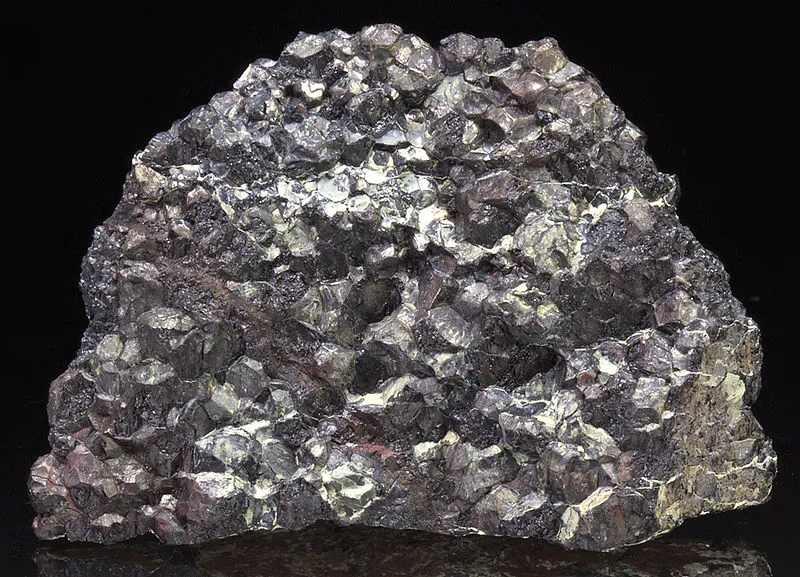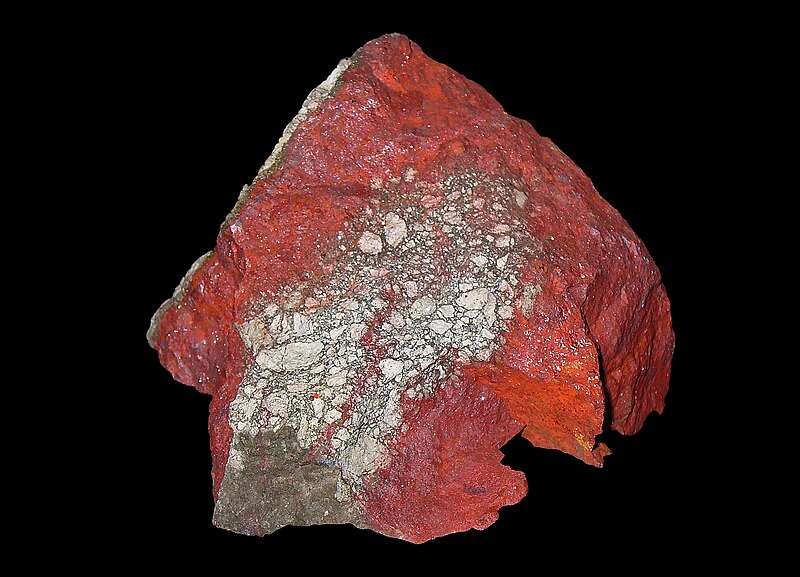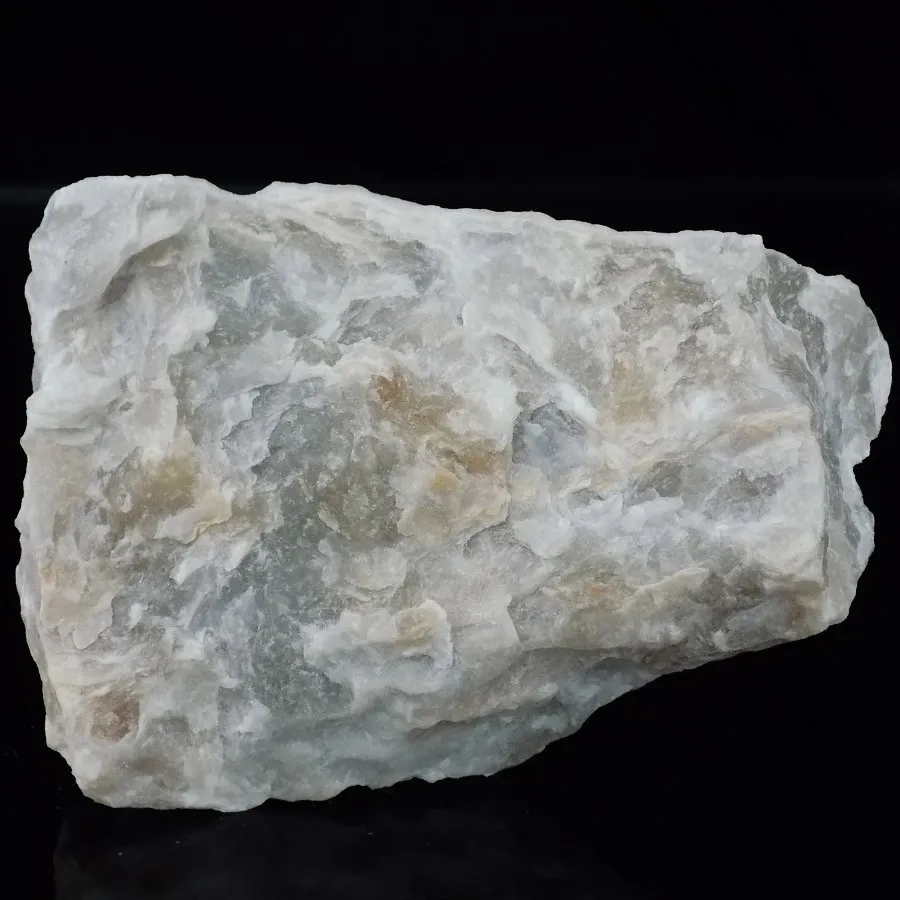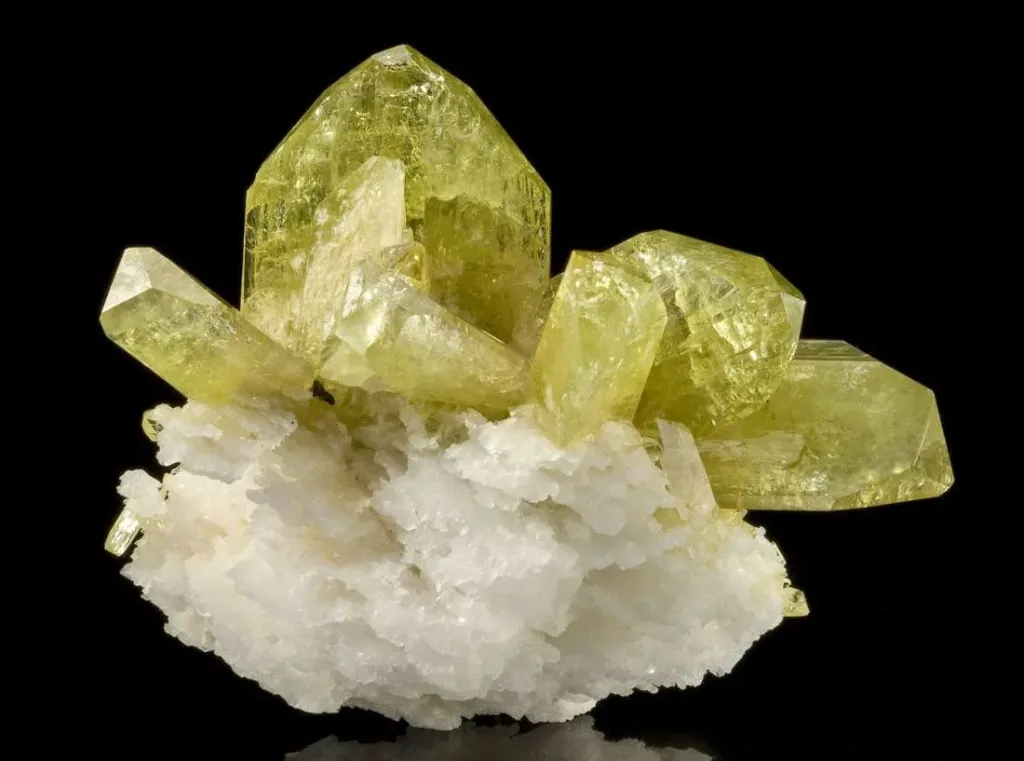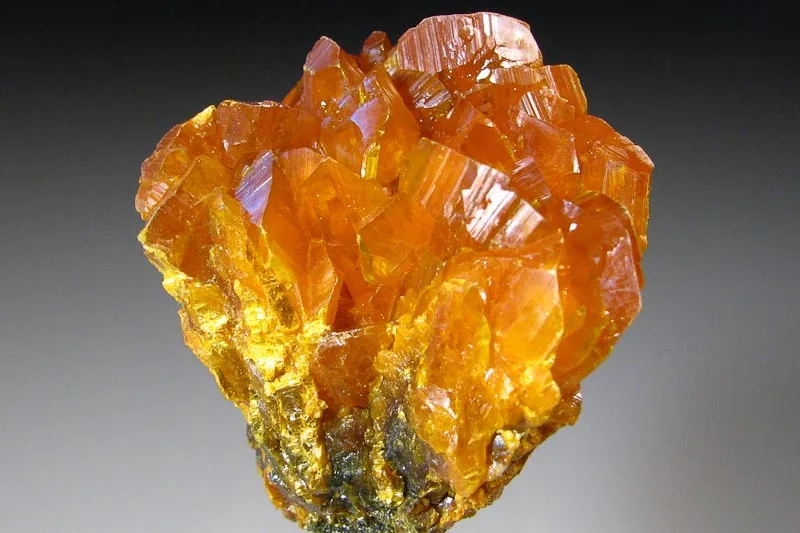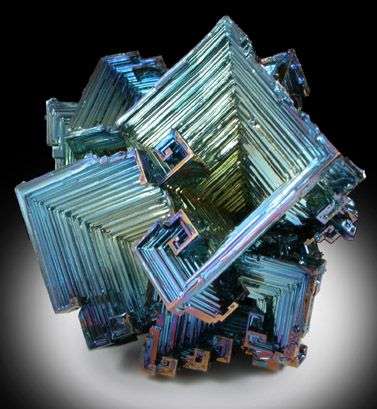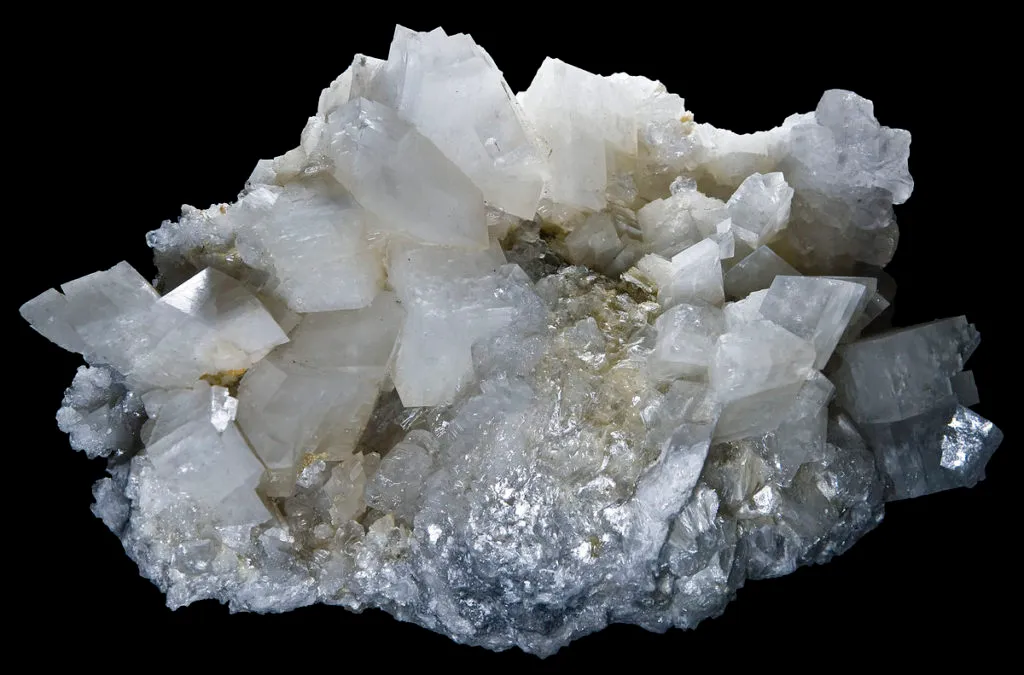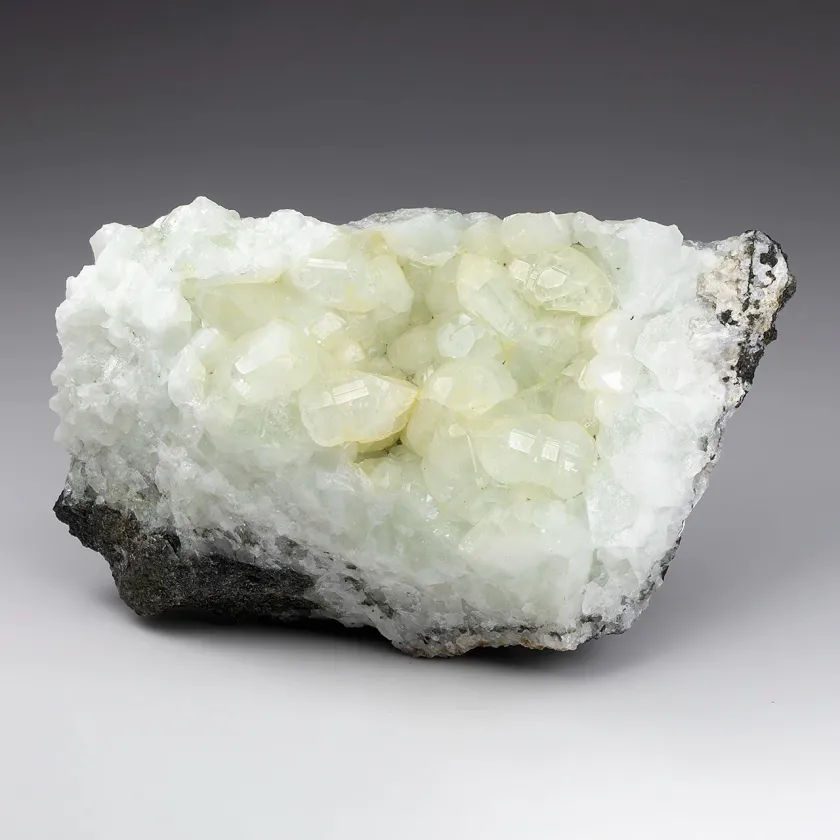Chromite
Appearance The most significant chromium ore is chromite. Although they are rare, crystals are octahedral when they are encountered. Chromite is typically huge, shaped like lenses or tabular bodies, or it can be scattered like granules. It can occasionally be discovered in diamonds as a crystalline inclusion. Chromite is a dark brown to black mineral […]


